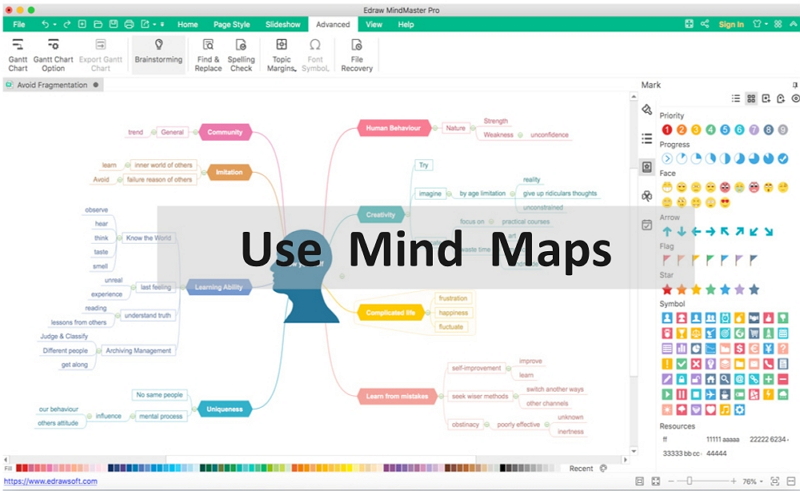Learning in the digital age is no longer confined to classrooms, textbooks, or scheduled lectures. It’s a fluid, on-demand experience shaped by technology, connectivity, and the sheer volume of information available at our fingertips. For professionals and students alike, this shift presents both opportunity and challenge. The tools are abundant, but the skill lies in knowing how to use them effectively. In a world where knowledge is constantly evolving, the ability to learn with intention, agility, and discernment has become a defining trait of success.
One of the most significant changes brought by the digital age is the decentralization of learning. Traditional gatekeepers—universities, publishers, institutions—no longer hold exclusive control over educational content. Today, anyone with an internet connection can access lectures from top universities, read industry white papers, or join global communities of practice. This democratization of knowledge has expanded access, but it has also introduced complexity. With so many options, learners must become curators. They need to evaluate sources, distinguish between credible and questionable content, and build personalized learning paths that align with their goals. In business, where time is a premium and decisions carry weight, this ability to filter and focus is critical.
The digital age also demands a shift in mindset. Learning is no longer a linear process with a clear beginning and end. It’s iterative, continuous, and often nonlinear. Professionals must be comfortable with ambiguity, willing to revisit concepts, and open to evolving their understanding. A marketer, for instance, might learn about consumer behavior through academic research, social media trends, and real-time analytics—all of which offer different angles and require different skills. The challenge is not just to absorb information but to synthesize it, apply it, and adapt it to changing contexts. This kind of learning requires curiosity, flexibility, and a willingness to engage with complexity.
Technology has introduced powerful tools that can enhance learning when used intentionally. Platforms like online courses, podcasts, webinars, and collaborative apps offer diverse formats that cater to different learning styles. A visual learner might benefit from interactive dashboards, while an auditory learner might prefer expert interviews. The key is to experiment and find what resonates. In business, professionals often use a mix of formats to stay current—reading reports, attending virtual conferences, and participating in peer discussions. This multimodal approach not only keeps learning engaging but also reinforces understanding through repetition and variation.
Self-direction has become a cornerstone of learning in the digital age. With fewer formal structures, individuals must take ownership of their development. This means setting goals, tracking progress, and reflecting on outcomes. It’s not enough to consume content passively; learners must engage actively, ask questions, and seek feedback. In professional environments, this kind of initiative is often what distinguishes high performers. A software engineer who regularly explores new frameworks, contributes to open-source projects, and reflects on their code reviews is continuously learning—even without formal instruction. The digital age rewards those who are proactive, not just reactive.
Collaboration remains a vital part of the learning process, even in digital spaces. Online forums, virtual study groups, and professional networks offer opportunities to exchange ideas, challenge assumptions, and learn from diverse perspectives. In business, cross-functional teams often rely on collaborative learning to solve complex problems. A product manager might learn from engineers, designers, and analysts, each bringing unique insights. Digital tools facilitate this exchange, but the value lies in the interaction itself. Learning becomes a social process, enriched by dialogue and shared experience.
One of the subtler challenges of digital learning is managing distraction. The same devices that deliver educational content also offer endless entertainment, notifications, and interruptions. Staying focused requires discipline and intentional design. Creating dedicated time and space for learning, minimizing digital noise, and setting boundaries are essential practices. In business, professionals often use techniques like time-blocking or digital detoxes to preserve attention. Learning in the digital age is not just about access—it’s about attention. Without focus, even the best resources lose their impact.
Reflection is another critical element that often gets overlooked. In the rush to consume more content, learners may miss the opportunity to internalize and apply what they’ve learned. Taking time to pause, review, and connect new insights to existing knowledge deepens understanding and enhances retention. A consultant who reflects on a client engagement, noting what worked and what could improve, is learning far more than someone who simply moves on to the next project. In digital learning, reflection can take many forms—journaling, discussion, or even revisiting past materials with fresh perspective.
Ultimately, learning in the digital age is about agency. It’s about recognizing that the tools are there, but the responsibility lies with the learner. It’s about crafting a learning experience that is intentional, adaptive, and aligned with personal and professional goals. In business, where change is constant and complexity is the norm, this kind of learning is not optional—it’s essential. It empowers individuals to stay relevant, make informed decisions, and contribute meaningfully to their organizations. The digital age has redefined what it means to learn, and those who embrace its possibilities with clarity and purpose will find themselves not just informed, but transformed.





